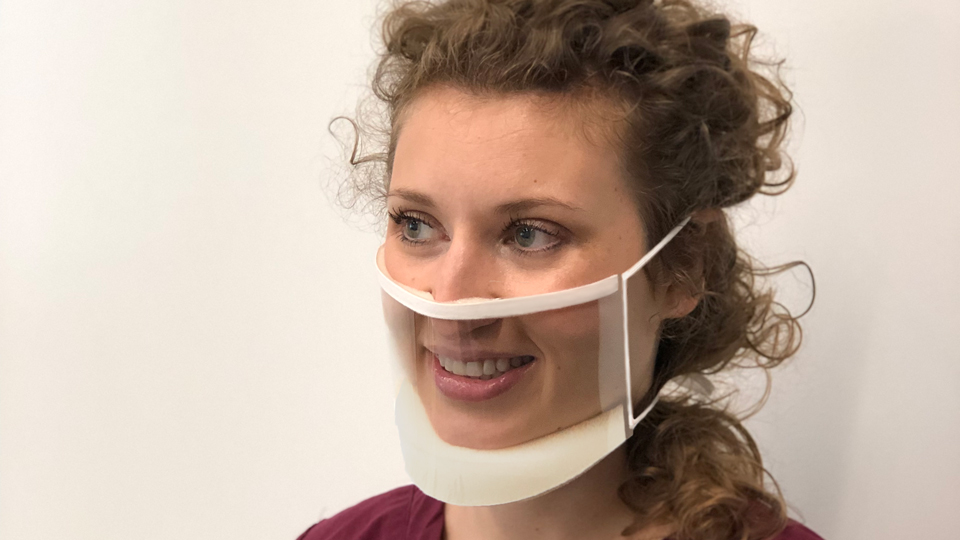- OT
- Professional support
- Health services
- NHS trusts to receive clear face masks to support people with hearing loss
NHS trusts to receive clear face masks to support people with hearing loss
Supplies could be extended to wider settings depending on demand and optometrists can approach their Local Resilience Forums to be part of the allocation process

09 September 2020
The Government has delivered 250,000 clear face masks to NHS trusts in order to help health and care workers to communicate with people with conditions such as hearing loss, autism and dementia through the coronavirus (COVID-19) pandemic.
Provided by ClearMask, the masks are see-through, featuring an anti-fogging barrier to ensure the face and mouth are always visible. The masks have also met the Government’s necessary safety standards.
This is expected to better support people with hearing loss who lip-read to communicate, as well as those who rely on facial expressions to support communication.
In the initial pilot, the masks will be primarily delivered to NHS trusts, as well as social care providers, who will then allocate the masks.
Speaking to OT, the Department of Health and Social Care (DHSC) confirmed that optometrists can approach their Local Resilience Forums to be a part of the allocation process.

However, if the pilot proves successful, the DHSC will be looking to distribute to other settings where there is a demand.
Minister for care, Helen Whately suggested: “If this proves a success, I look forward to increasing the supply to make sure whenever a clear mask is needed, there is one available.”
Commenting on the news, Roger Wicks, director of policy and campaigns at Action on Hearing Loss, said: “Since the outbreak of coronavirus, people have told us continually that they are worried about communicating in health and social care settings where face masks are now in constant use.
“We know that clear masks have the ability to reduce barriers for both patients and staff across the NHS and social care services.”


Comments (0)
You must be logged in to join the discussion. Log in